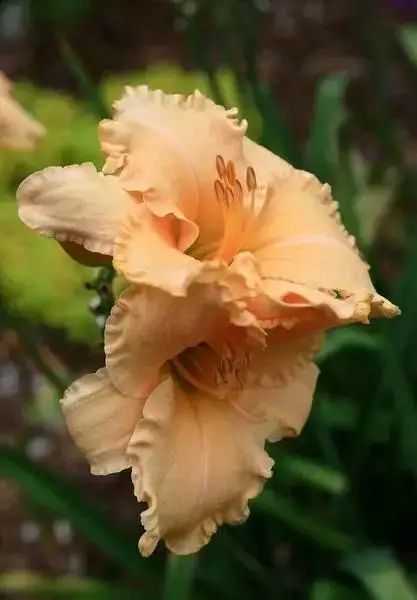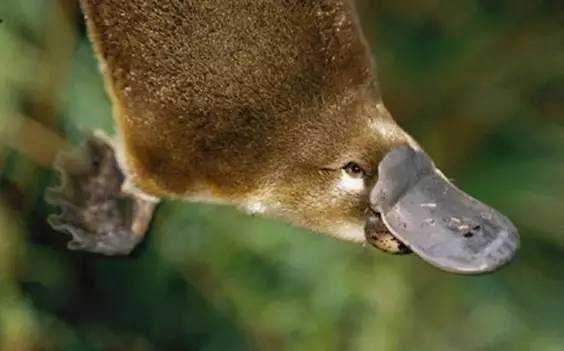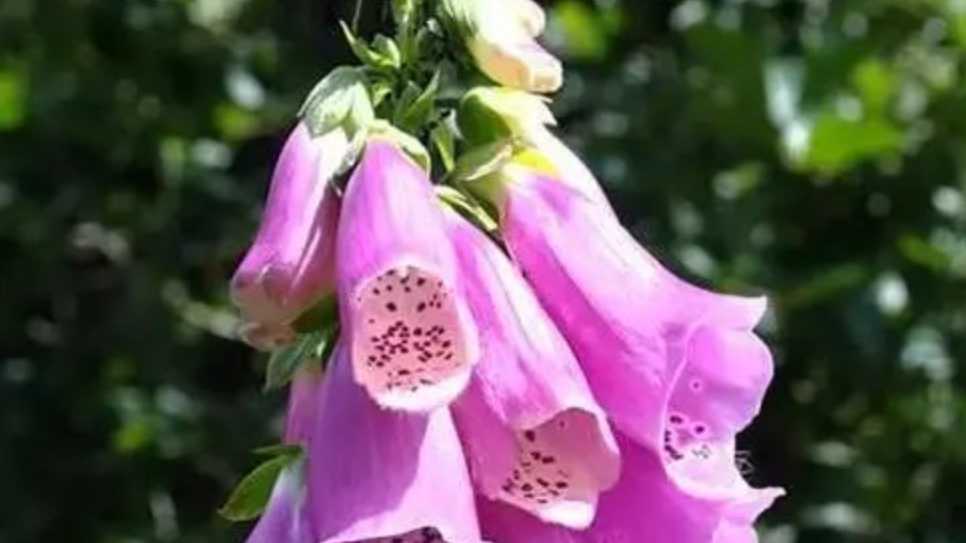Search for information
The Elegant Daylily: A Timeless Beauty in BloomThe daylily (Hemerocallis fulva), a perennial herbaceous plant native to East Asia, has graced gardens and landscapes for centuries with its vibrant blooms and hardy nature. Thriving in a wide range of climates from temperate to subtropical regions, this plant is celebrated for its ability to transform outdoor spaces with minimal care.
June 17, 2025, 11:35 am EDT
The Elegant Daylily: A Timeless Beauty in Bloom

A Botanical Wonder of Color and Form
Cultural Significance and Ecological Value

Sega and GeekOut to Create "Yakuza" VR Experience on Roblox
Sega has recently announced an exciting collaboration with fellow game developer GeekOut. The two companies are teaming up to bring the vibrant and action - packed world of the "Yakuza" series to a new platform: Roblox. This innovative move aims to introduce the beloved "Yakuza" franchise to a broader audience.more

Cultural Fusion: Amateur Model Celebrates Diversity 160
Celebrate the richness of cultural diversity with an amateur model in this vibrant photo series. Through a variety of traditional and modern outfits from different cultures, she showcases the beauty of global heritage.more

Industrial Aesthetics: Amateur Model in Urban Ruins 158
Explore the gritty beauty of urban ruins with an amateur model in this edgy photo series. Amidst abandoned factories, crumbling walls, and rusted machinery, she creates a powerful visual statement.more

The Platypus: Australia’s Bizarre 'Duck-Billed' Mammal, a Living Evolutionary Enigma
Native to the freshwater rivers of eastern Australia, the platypus (Ornithorhynchus anatinus) stands as one of the world’s most extraordinary creatures—an odd blend of mammalian, reptilian, and avian traits that baffled scientists when first discovered. Often called a "living fossil," this semiaquatic mammal lays eggs, produces milk, and sports a duck-like bill, making it a unique representative of the ancient monotreme order.more

Steampunk Saga: Amateur Model in a World of Vintage - Future Fusion 165
Enter a fantastical realm where the past meets the future with an amateur model in this steampunk - inspired photo series. Decked out in goggles, gears, and brass - accented attire, she brings the imaginative world of steampunk to life.more

Exploring the Rich Tapestry of Brazilian Cuisine: Three Must-Try Traditional Dishes
Brazil's culinary landscape is a vibrant fusion of flavors, cultures, and traditions, reflecting the country's diverse heritage. From the sizzling grills of churrascarias to the comforting warmth of home-cooked meals, each dish tells a story. Here are three iconic Brazilian foods that showcase the heart and soul of this culinary-rich nation.more

The Enigmatic Foxglove: A Botanical Beauty with Dual Nature
The foxglove (Digitalis purpurea), a striking biennial plant native to Europe, western Asia, and northwestern Africa, has long captivated gardeners and botanists with its towering spires of bell-shaped flowers. Thriving in woodlands, meadows, and rocky slopes, this plant seamlessly blends aesthetic charm with potent medicinal properties.more


